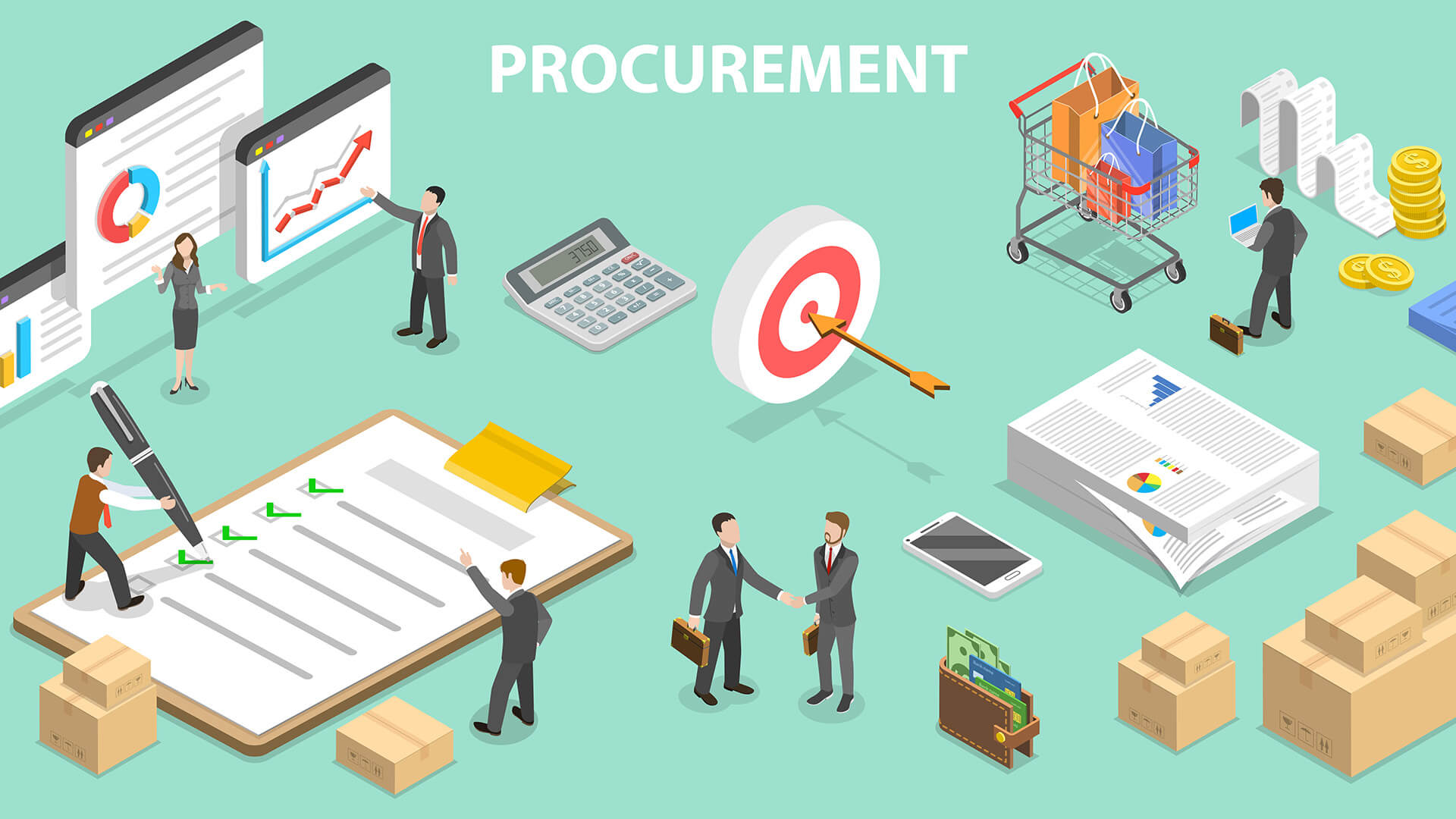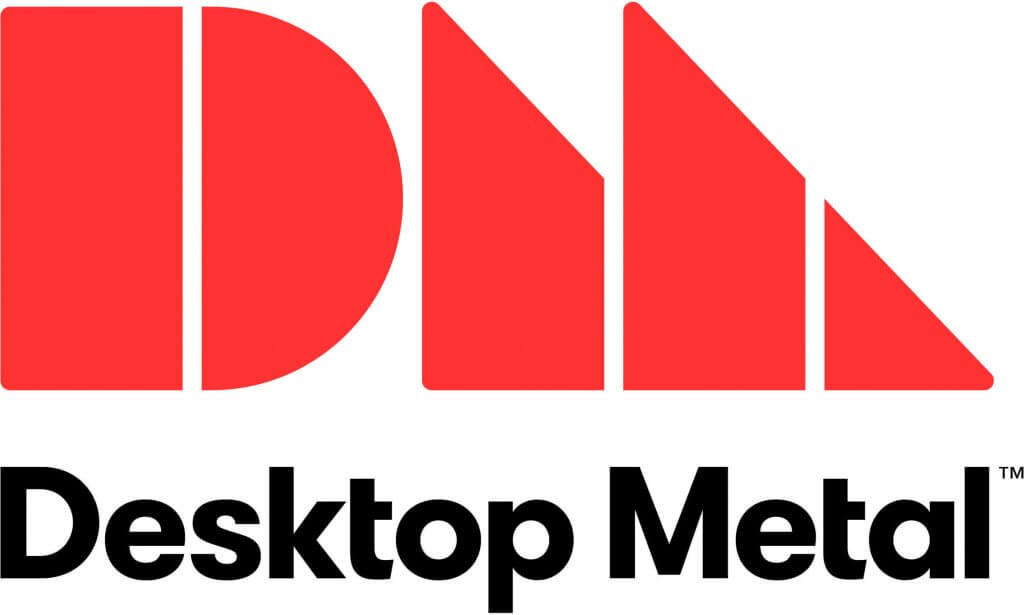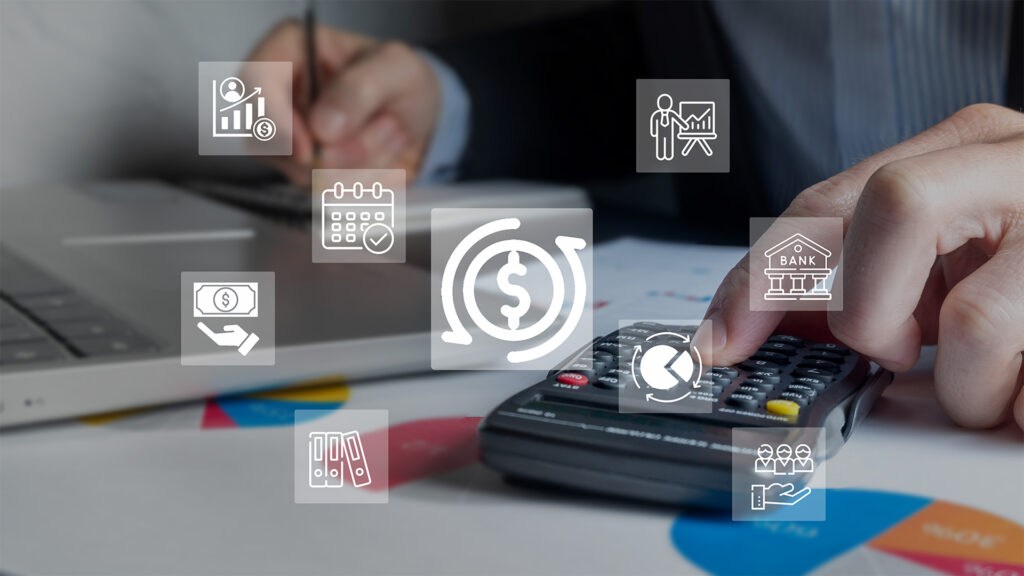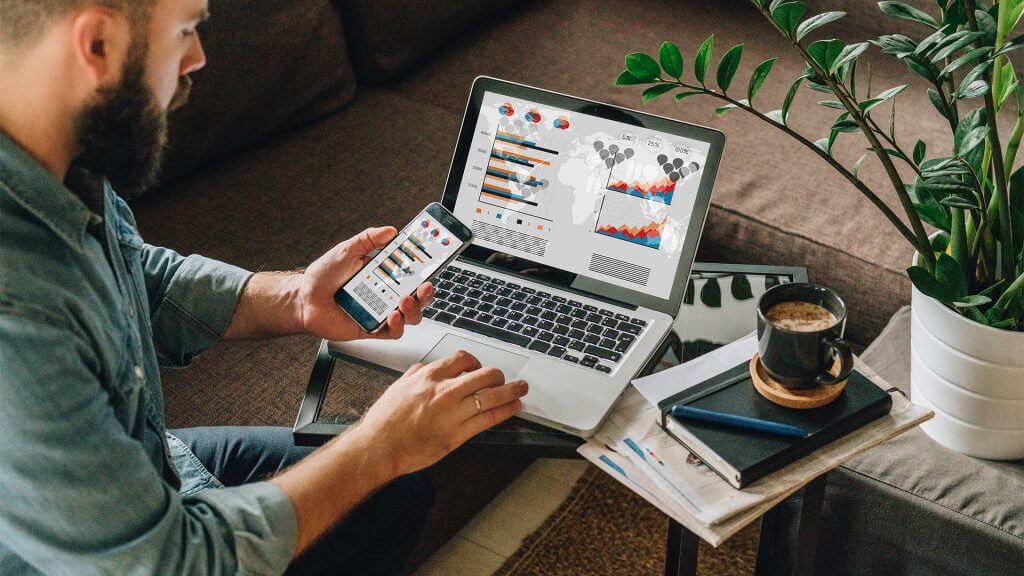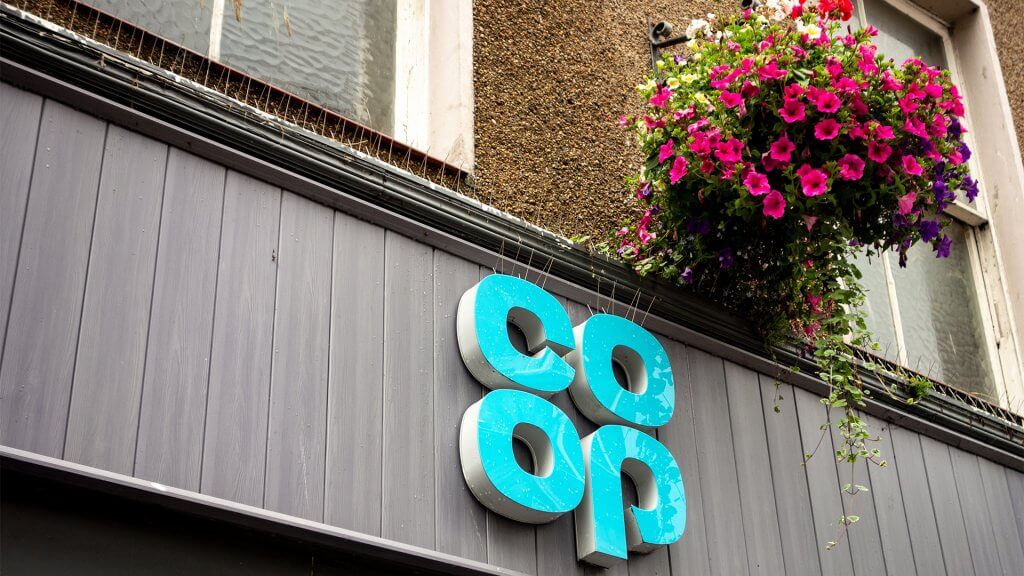By Adam Thomas, Co-founder of oboloo, a self-service cloud procurement software designed for SMEs who want to work with suppliers who share their values
As we approach the end of the 2021, companies are looking for ways that they can strengthen their finances after Covid and against the threat of inflation and interest rate rises next year. Following on from Cop 26 companies are also beginning to place more importance on sustainability and want to reduce their carbon footprint, which includes working more closely with their suppliers to achieve this.
One way that companies can help to achieve this is by improving their procurement processes; from how they source goods and services to how they manage suppliers and contracts. It’s estimated that effective management of third-party spend can on average release savings of between 7-12%. This means that for every £1 million of supplier spend there is a potential saving of between £70,000 to £120,000 per annum to be made.
Improving consistency, visibility, and control over every part of the procurement process will help companies to save both time and money, reduce fraud and contribute towards sustainability. If there is a lack of resource and high staff turnover a digital procurement solution can help to make this even easier to achieve.
Sourcing
The first part of the sourcing process is to specify exactly what is required. This may be based on what has been purchased previously or may require revised specifications because of changes in circumstances. It’s also an opportunity to learn what’s new and improved as it may help to identify opportunities to reduce consumption and waste that will save time and money and be better for the environment.
Some of the goods and services purchased are in-direct, such as utilities. Therefore, when sourcing these commodities, the main consideration is getting the best price from a reputable supplier.
Goods and services which have more of an impact on the end user require their preferences to be considered and whenever possible embedded into the specifications. It’s important to be realistic as sometimes there is a fine balance between quality and the budget available, which may result in having to manage the expectations of users. There may be an opportunity for suppliers to suggest alternative products that are of equal quality as preferred products but cost less.
As well as quality and price, Environmental Social & Corporate Governance (ESG) is also becoming increasingly important as a way of differentiating between suppliers. There are many different parts to ESG, such as sustainability, social impact on local communities and supporting SME suppliers and it’s important to remember that everyone may have different objectives.
Having specified the goods or service required, decided upon what criteria are important to compare the suppliers upon, its then a case of selecting the potential suppliers. It’s always best to invite at least three suppliers to respond to a sourcing activity with the incumbent being one of them.
Evaluating the suppliers’ responses against all the selection criteria using an objective scoring system is key to finding the supplier that offers best value. It’s possible going forwards, taking sustainability requirements into account, that price may no longer be the key differentiator.
Once the supplier is selected, negotiations completed, and the contract is signed the new supply can be implemented. Its good practice to run sourcing activities towards the end of every contract or every couple of years to ensure the continued receipt of best value from the suppliers.
Tip: Create a simple sourcing process that everyone can follow and keep permanent records of all activities or use a Sourcing software.
Contract Management
On-going contract management is key to continuing to receive best value from the supplier throughout the lifetime of the contract and when done properly provides further opportunities to save time and money.
It’s important to actively manage any notice periods and contract end dates, so that no deadlines are missed as these can prove to be expensive. Some contracts may automatically roll-over meaning price increases or having to pay for goods or services that are no longer delivering value or worse still are no longer required. It also means potentially missing an opportunity to change any requirements or reduce consumption and waste and thus save money.
Having easy access to any contract documents associated with the contract such as Service Level Agreements helps to ensure that users are consistently satisfied and provides a basis on which to rectify any failings with a supplier before it becomes a more serious issue.
Tip: Create an easily accessible contract database that contains all the relevant contract information, key dates, and documents in one place or use a contract management software.
Supplier Management
When working with a new supplier, or indeed any supplier, its good practise to have an on-boarding and vetting process to check that the supplier has all the necessary valid documentation as proof that they have what they say they have, e.g., suitable levels of insurance cover, sustainability accreditations etc. The last thing that any company wants is to be put at unnecessary risk by a supplier not having insurance or awarding business under false pretences. The types of documentation and accreditations etc. will vary by industry with some more highly regulated than others.
These documents usually have an expiry date and will require the supplier to renew them, often annually. Its therefore a good idea to monitor that the suppliers continue to renew them to remain compliant and that there’s a record kept of those that are renewed and those that have expired. Any that have expired can then be queried with the supplier directly.
Far too often supplier performance is not regularly monitored which can mean that both positive and negative experiences are not properly recorded and fed back to suppliers. Suppliers can only respond to issues if they’re made aware of them, and they also appreciate the feedback when they’re doing something well. This is especially important towards the end of a contract when the incumbent is being considered as part of the sourcing process.
Having a Preferred Supplier List means that it’s easy for employees to know which suppliers to go to for different products and services. Sometimes there’s preferred supplier in place and there is leakage to other suppliers because employees either don’t know about the deal or because they have their own favoured suppliers. This is not ideal for the company as it may put them at unnecessary risk due to lack of due diligence on the supplier and compliance and going forward will make carbon reporting more complicated. It’s also not great for the suppliers as they would have entered the contract with the expectation of receiving all the available business. To put it into perspective, how would you feel if your company’s customers were doing the same thing to you and leaking business to competitors?
Tip: Create an easily accessible supplier database that contains all the relevant supplier information, associated compliance documents and records of performance and risk in one place or use a supplier management software.
